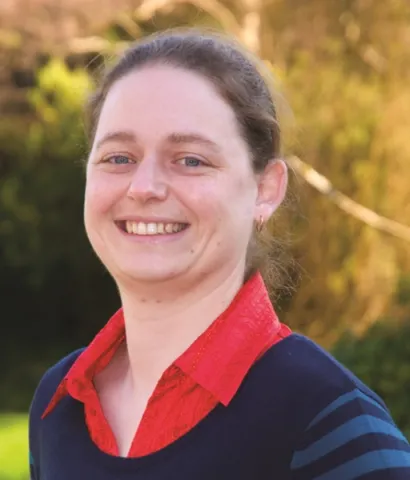Project overview
Sublimation of Mars' seasonal CO2 ice cap causes geomorphologic changes on the surface of Mars in today's climate. There have been many elegant hypotheses about how this works, and circumstantial evidence to support these hypotheses, but there is no quantitative data to assess CO2-sublimation-driven processes. The aim of this proposal is to combine data from lab experiments with theoretical models and field tests to quantify the modification of a sandy surface resulting from the levitation and sublimation of CO2 ice on or buried within that surface. We will test and observe the interaction of CO2 ice with granular material in a controlled environment in the lab under both Earth and Mars conditions. We aim to provide clear quantitative measurements of CO2 levitation
and sublimation as it interacts with the surface and subsurface. Field experiments with dry ice on dunes will test scenarios in more natural environments and allow changes in experiment scale. The model will be carefully developed to allow us to extrapolate our results from Earth to Mars and from lab to field. Data generated in the lab and in the field will be folded back into the model to refine its accuracy and precision. This combined approach with lab, field, and numerical facets will allow us to estimate erosion rates for furrows on dunes, formation of linear gullies on dunes, and evaluate the effect of particle size and cohesion on erosion of araneiform terrain, just to list a few examples. All surfaces on Mars covered seasonally with CO2 ice can be examined within this framework.
Seasonal processes involving CO2 ice on Mars have no Earth-analog. Our approach will be the first to quantify the relative efficacy of pressurized CO2 gas as an agent of erosion and to document the resultant surface changes under laboratory and field conditions. Our analyses will contribute to NASA's broad goal of increasing the scientific understanding of geologic processes on planetary surfaces.
and sublimation as it interacts with the surface and subsurface. Field experiments with dry ice on dunes will test scenarios in more natural environments and allow changes in experiment scale. The model will be carefully developed to allow us to extrapolate our results from Earth to Mars and from lab to field. Data generated in the lab and in the field will be folded back into the model to refine its accuracy and precision. This combined approach with lab, field, and numerical facets will allow us to estimate erosion rates for furrows on dunes, formation of linear gullies on dunes, and evaluate the effect of particle size and cohesion on erosion of araneiform terrain, just to list a few examples. All surfaces on Mars covered seasonally with CO2 ice can be examined within this framework.
Seasonal processes involving CO2 ice on Mars have no Earth-analog. Our approach will be the first to quantify the relative efficacy of pressurized CO2 gas as an agent of erosion and to document the resultant surface changes under laboratory and field conditions. Our analyses will contribute to NASA's broad goal of increasing the scientific understanding of geologic processes on planetary surfaces.
